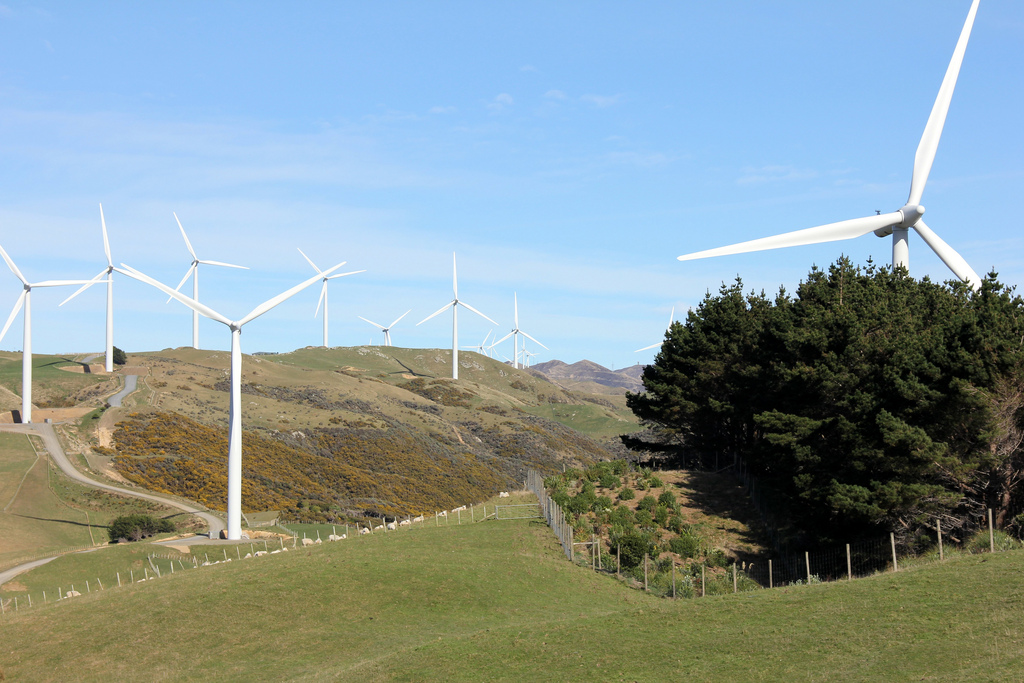The Queensland state government has moved to take control of the assessment process for one of the biggest wind energy generation plants proposed in the state, the $380 million Mount Emerald Wind Farm project that that backers are hoping will be approved to be built on the Atherton Tablelands in far North Queensland.
Deputy Premier and Minister for State Development, Infrastructure and Planning Jeff Seeney has used special call-in powers at the request of Mareeba Shire Council to take over evaluation of the proposal, a move backed by the local government that said it was too complex to weigh up on its own.
The fate of the Mount Emerald Wind Farm proposal is being closely watched by interests in the energy, infrastructure investment and environmental sectors because it could provide a clearer signal on the Newman government’s overall policy stance on other wind projects that have been attacked by federal Coalition members including Treasurer Joe Hockey, who described them as a blight on the landscape and utterly offensive.
Despite the political heat, private investment in so-called sustainable energy projects has continued to gather pace as investors, developers, industry and councils look for ways to offset rising conventional energy costs.
The Mount Emerald Wind Farm has been proposed by a partnership between North Queensland developer Port Bajool and energy power producer Ratch Australia, which aims to construct and operate a site at Arriga that is slated to utilise up to 75 turbines to generate enough electricity to power 75,000 homes each year.
Backers of Ratch include ASX listed infrastructure player Transfield Services and major Thai power generation company, Ratchaburi Electricity Generating Holding.
Queensland’s planning minister is now trying to feel which way the electoral breeze is blowing.
“Wind farm developments attract keen public interest and it is important that development proposals balance community expectation with potential economic and environmental benefits,” Mr Seeney said.
He said given the complexity of the proposed development, independent assessments will be undertaken to evaluate economic, environmental and community impacts and benefits.
According to Mr Seeney, the government will use the information gained in the independent assessment and consider the application against the relevant planning instruments before making a recommendation on whether the project should proceed.
Affected parties have been told they will receive notice of Mr Seeney’s final decision, which is expected to be made later in 2014.
In the meantime, communities and proponents in Queensland are waiting to find out what a new state code to assess wind farm proposals will contain.
Mr Seeney said that once the new Wind Farm code is finalised, it would provide consistency to industry and certainty to councils and communities.
Despite the high profile attention, the size and scope of the proposed Mount Emerald Wind Farm is comparatively modest compared more ambitious proposed projects across Australia.
In February 2014 the South Australian government gave a planning approval to a 197-turbine plant set to be located between Ardrossan and Minlaton on the Yorke Peninsula valued at $1.5 billion.
In November 2012, Tasmanian Premier Lara Giddings backed the construction of the largest proposed wind farm in Australia including 200 turbines, valued at $2 billion.






Leave a Reply